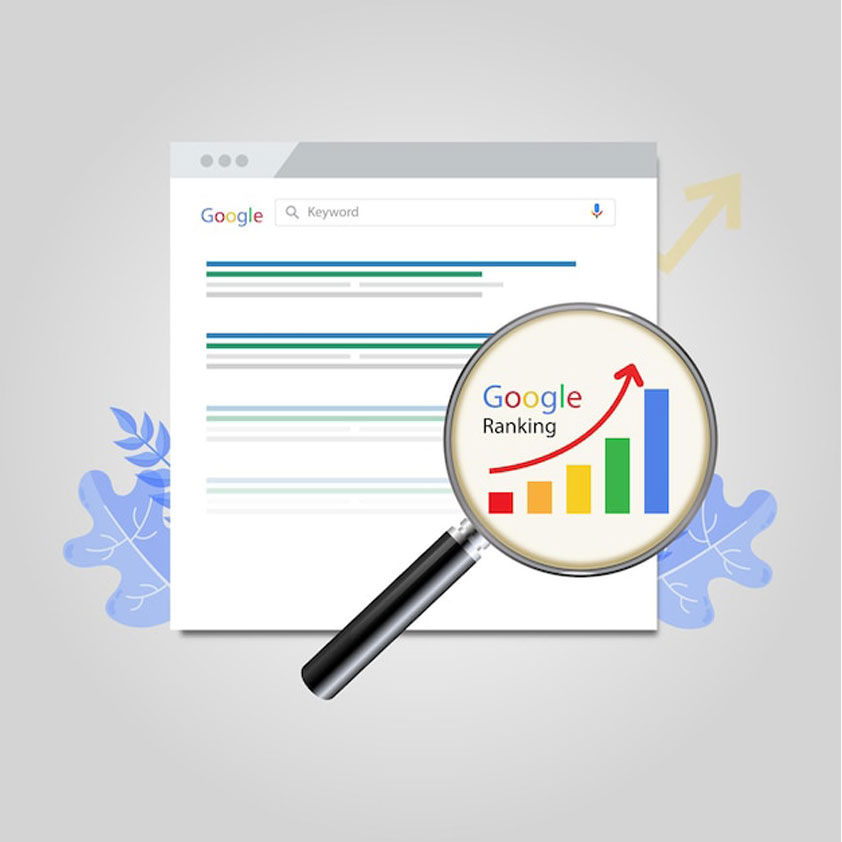
Click-through rates (CTR). It’s one of those numbers marketers obsess over—like a heartbeat that tells you whether your audience is truly engaged or just scrolling by. But here’s the thing: a “good” click-through rate isn’t about chasing averages. It’s about knowing your audience and crafting a message so irresistible, they can’t help but click.
Let’s break it down, human to human.
What Is a Click-Through Rate?
Click-through rate measures how many people saw your ad, email, or link and decided to take action. It’s calculated by dividing the number of clicks by the number of impressions. Simple math, but it reveals something profound: whether your message is resonating or just blending into the noise.
What’s Considered a “Good” CTR?
The answer depends on context—your industry, your platform, and your audience. Benchmarks provide guidance, but they’re not the finish line.
Here’s what the numbers look like:
- Google Ads (Search): Average CTR is 3.17%, but the top-performing campaigns hit 5% or more (WordStream).
- Google Display Ads: A more modest 0.46% on average.
- Email Marketing: Average click-through rate stands at 2.00%, with standout industries like hobbies and media reaching as high as 4.36% (Mailchimp).
- Social Media Ads:
Facebook: 1.11%
Instagram: 0.88%
LinkedIn: 0.22% (Hootsuite).
These numbers give you a sense of what’s typical, but here’s the truth: a “good” CTR is one that improves upon your own baseline and drives meaningful action.
Why Do People Engage?
Every click represents a decision. It’s the audience saying, “I trust you enough to give you my time.” So, instead of chasing numbers, focus on earning that trust.
1. It’s About Relevance.
Imagine walking into a room of people and shouting about something they don’t care about. That’s what bad advertising feels like. To improve CTR, make your message deeply relevant to your audience.
- Use precise targeting.
- Address their pain points directly.
- Show them you understand their world.
2. Clarity Always Wins.
Confusion kills clicks. Your headline, your call-to-action (CTA), your visuals—they should all point to one clear outcome. Think of it like holding a flashlight in the dark: the beam should focus on one thing, not scatter in a million directions.
3. Emotions Drive Action.
People click when they feel something—curiosity, urgency, excitement, or even fear of missing out. If your ad or email lacks emotional pull, it’s just background noise.
Practical Tips to Boost CTR
1. Write Magnetic Headlines.
A great headline is like a door you can’t resist opening. Use curiosity, ask questions, or offer solutions. Example:
“Struggling with Low CTR? Here’s What the Pros Do Differently.”
2. Experiment with CTAs.
Your call-to-action is the ultimate nudge. Go beyond “Learn More.” Try:
“Start Your Journey Today”
“Get the Secret Everyone’s Talking About”
3. Leverage Visuals.
Humans are visual creatures. A bold, relevant image or video can boost engagement by over 30% (HubSpot).
4. A/B Test Relentlessly.
Don’t guess what works—test it. Try different colors, copy, and designs. Let your audience tell you what resonates.
5. Optimize for Mobile.
More than half of all web traffic comes from mobile devices. If your content isn’t mobile-friendly, you’re losing clicks before they even have a chance.
Why CTR Alone Isn’t Enough
Let’s get real: a high CTR doesn’t always mean success. If people are clicking but not converting, you’re simply wasting money. Instead, pair CTR with deeper metrics:
- Conversion rate
- Engagement time
- ROI
CTR is the spark, but it’s the fire that matters.
Final Thoughts
A “good” click-through rate is more than a number—it’s a reflection of how well you’ve connected with your audience. It’s about showing up authentically, providing value, and making it easy for people to say, “Yes, I want to know more.”
So, what’s your next step? Stop worrying about industry benchmarks. Instead, ask yourself: What do my people care about? How can I serve them better?
When you focus on them, the clicks will follow. Because good marketing isn’t about gaming the system. It’s about building trust and starting conversations that matter.

